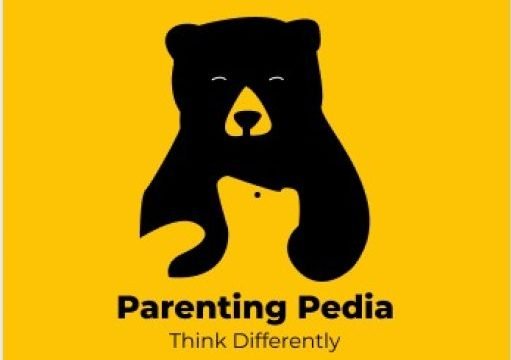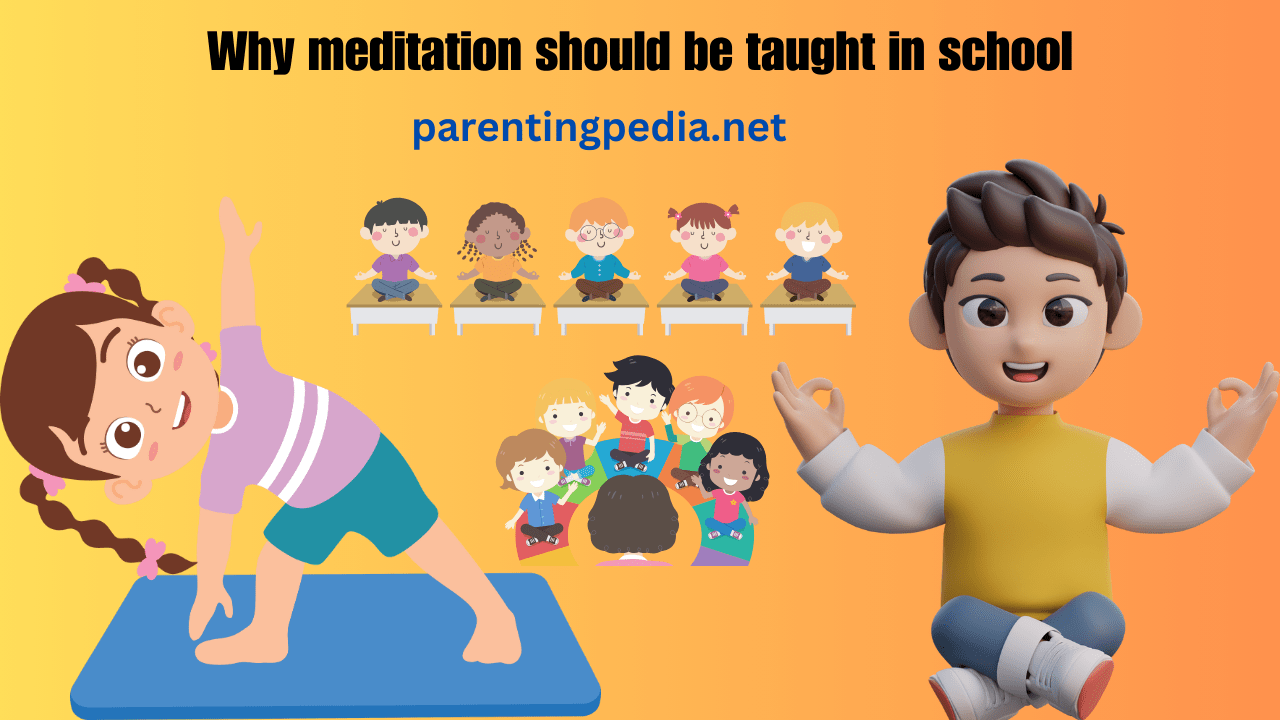Have you ever wondered why schools don’t teach kids meditation and mindfulness? It seems like a no-brainer. As a student, life moves fast with constant demands on your time and attention. Stress and anxiety are rampant.
Your mind is always racing from one thought to the next, rarely resting in the present moment. What if there was a simple practice that could help you gain awareness and control over your mind, reduce stress, and make you a better learner? Meditation and mindfulness training are proven techniques for achieving all of these benefits and more.
Many schools have started incorporating meditation and mindfulness programs into their curriculum with amazing results. Students report decreased stress and anxiety, improved focus and concentration, better emotional regulation, and an overall sense of well-being.
Maybe it’s time for all schools to make meditation and mindfulness a priority. Our kids deserve these lifelong skills, and the research shows their academics and health will thrive as a result.
The Benefits of Teaching Meditation in Schools
The benefits of incorporating meditation and mindfulness practices in schools are numerous. Students today face high levels of stress, anxiety, and distraction which can negatively impact learning, focus, and wellbeing. Meditation and mindfulness training help students strengthen their ability to concentrate, regulate emotions, and reduce stress.
Improved focus and concentration
Meditation exercises like focused breathing or visualization help students strengthen their attention span and concentration. This enables them to focus better in class, complete homework, and study more effectively. With regular practice, students can enhance their focus and concentration which boosts learning and academic performance.
Reduced stress and anxiety
Schools today often demand a lot from students which can lead to high levels of stress and anxiety. Meditation and mindfulness practices like progressive muscle relaxation, visualization, and yoga help students relax, release tension, and develop coping strategies to better manage stress. Reduced anxiety and a calmer mindset enhance psychological well-being, optimism, and resilience which helps students thrive.
Promotes social-emotional development
Mindfulness training in schools promotes social-emotional learning and development. Students learn skills like emotional regulation, empathy, and compassion which strengthens relationships and fosters a positive learning environment. With social-emotional development, students gain valuable life skills to navigate challenges, resolve conflicts in a constructive manner, and build healthy relationships.
Meditation and mindfulness programs for schools have significant benefits for students, teachers, and the overall learning environment. Integrating these practices and skills at an early age can have life-long effects on health, cognition, and success. Schools that make student well-being a priority will find meditation and mindfulness an invaluable program for nurturing happy, healthy, and high-performing students.
How Meditation Helps Students Regulate Their Emotions and Reduce Stress
Meditation and mindfulness training in schools can have huge benefits for students. It helps them learn to regulate their emotions and reduce stress, which in turn enhances focus and academic performance.
How Meditation Reduces Anxiety and Stress
When students meditate, their bodies and minds relax. Their breathing slows, their muscles unwind, and their mind quiets. This helps lower anxiety, decrease worries and distress, and cultivate a sense of calm. Students who meditate regularly tend to feel less stressed and overwhelmed by everyday challenges.
Meditation also helps students develop awareness and control over their emotions. They learn to notice feelings of anger, fear, or frustration arising, without reacting impulsively. This awareness gives them the ability to choose how to respond, rather than lashing out or acting rashly in the moment. With practice, students can get better at managing strong emotions and avoiding emotional outbursts.
Improved Focus and Concentration
Regular meditation practice also strengthens students’ ability to focus and pay attention. As their mind wanders less, they can direct their attention more easily to the task at hand. This improved focus and concentration translates to enhanced performance on assignments, projects, and exams.
Meditation and mindfulness programs for schools have been shown to decrease behavioral issues and increase prosocial behavior in students. The benefits to both students and schools are substantial. Isn’t it time we made social and emotional learning a priority and gave students the life skills they need to thrive? Meditation and mindfulness are simple yet powerful tools for empowering students with self-awareness, empathy, and resilience. Our children deserve nothing less.
Teaching Children and Teens How to Meditate: Age-Appropriate Practices
Teaching meditation and mindfulness to students has significant benefits for both learning and well-being. Age-appropriate practices can help children and teens regulate their emotions, reduce stress and anxiety, and enhance focus and concentration.
Breathing Exercises
Simple breathing exercises are easy to teach and provide an accessible introduction to mindfulness for all ages. Have students sit comfortably, close their eyes, and focus their attention on their inhales and exhales. Guiding them to breathe slowly and deeply, emphasizing the extension of the exhale, helps shift the body into a relaxed state. With regular practice, students can learn to tap into this relaxation on their own.
Body Scans
A body scan guides students to systematically tense and relax different muscle groups in the body one by one. Start at the toes and feet, tensing them for a few seconds and releasing, then move up to the calves, thighs, abdomen, chest, shoulders, arms, and face. This helps students develop an awareness of their body and recognize when they are holding tension. Releasing that tension leads to an increased sense of calm and well-being.
Mindful Movements
Gentle yoga or tai chi provides opportunities for mindful movement. As students transition slowly between poses, instruct them to pay close attention to the sensations in their bodies. Closing their eyes can help avoid distractions and enhance focus. These practices teach students to be fully present in the current moment rather than worrying about the future or dwelling on the past.
Introducing meditation and mindfulness practices at a young age can have life-long benefits. Giving students tools to self-regulate their emotions and stress levels will serve them well both in and out of the classroom. With regular practice of these simple techniques, students can enhance their ability to pay attention, improve their memory, and achieve a positive mindset for learning and life.
The Positive Impact of Meditation on Academic Performance
Meditation and mindfulness programs in schools have been shown to significantly boost students’ academic performance in several ways:
Improved Focus and Concentration
Meditation teaches students how to focus their attention and avoid distractions. Research shows students who meditate have stronger focus and concentration, which translates directly to better performance on tasks like reading, homework, and test-taking.
Decreased Stress and Anxiety
The deep breathing and relaxation techniques taught in meditation and mindfulness programs help lower students’ stress and anxiety levels. Less stress means students can think more clearly and learn more easily. They also tend to worry less about grades, peer pressure, and everyday difficulties, allowing them to focus on their schoolwork.
Enhanced Memory
Meditation increases blood flow to the hippocampus, the part of the brain responsible for memory. Students who meditate regularly demonstrate stronger memory skills, including both short-term and long-term memory. They are better able to retain and recall information, which gives them an advantage in all areas of schooling.
Improved Emotional Regulation
Meditation teaches students strategies for managing their emotions and reactions. They become more aware of their emotional state and are able to regulate emotions like anger, frustration, and anxiety. This emotional balance and control supports students’ ability to navigate social relationships, cope with challenges, and achieve their full potential in school.
The benefits of meditation and mindfulness for students are substantial and wide-ranging. When children and teens are equipped with these skills at an early age, they develop habits of mind that will serve them well for life. Meditation programs should be an integral part of every school’s curriculum.
Implementing Mindfulness and Meditation Programs in Schools
Implementing meditation and mindfulness programs in schools is easier than you might think. Many schools have found great success with short, simple practices that fit easily into the day. Here are some tips to get started:
Start small and build from there.
Begin with just 5-10 minutes of meditation or mindfulness 2-3 times a week. As students and teachers become more comfortable, you can increase the frequency and length. Even just a few minutes of practice a day can have significant benefits.
Provide teacher training.
Teachers will be more willing to implement programs if they experience the benefits themselves. Offer optional mindfulness and meditation coaching or workshops for teachers. They can then adapt practices for students based on age and needs.
- Teach simple breathing techniques, body scans, and visualization exercises which students of all abilities can do.
- Share the benefits like reduced stress and improved focus so teachers understand the impact.
Make it engaging for students.
- Give students options to choose from, such as meditation, yoga, tai chi, etc. Let them find what resonates most.
- Use meditation apps, online videos, and interactive tools to capture students’ interest.
- Explain how meditation and mindfulness relate to students’ lives, growth, and learning. Help them make the connection.
Start with a pilot program.
Don’t feel you have to implement school-wide all at once. Start with a smaller pilot to work out any issues, then expand based on the results and feedback. Recruit student and teacher volunteers to try it and share their experiences with others.
- Survey students and teachers regularly to see what’s working and make improvements.
- Track impacts like reduced discipline issues, improved test scores, and higher attendance to build a case for expansion.
With patience and persistence, introducing meditation and mindfulness programs in schools can have profound and long-lasting effects on students, teachers, and the overall school environment. But start small, get buy-in, and build from there. The benefits will become clear over time through the stories and data. And students will develop skills they can use for life.
Conclusion
So there you have it – meditation and mindfulness programs in schools are a no-brainer. The research clearly shows the benefits to students in so many areas of life. Not only can meditation help kids focus and learn better in school, but it also gives them lifelong tools to navigate difficulties, reduce stress, and lead happier lives. Really, schools would be doing students a disservice by not incorporating meditation and mindfulness practices into the curriculum. The next generation deserves to start their lives with awareness and inner peace. Make your voice heard and encourage your school district to implement meditation programs. The future will be brighter for it.
Parenting is a journey filled with countless joys, challenges, and lessons. As parents, we strive to provide the best guidance and support for our children, nurturing them to become happy, well-rounded individuals. Along this path, we discover that the true measure of success lies not in the achievements they accumulate, but in witnessing their growth and development as they navigate life’s ups and downs.
Remember, the greatest reward of parenting lies in watching
your children soar with love and confidence.
Till then keep smiling and be happy 😊
Worth Reading 👇
- Finding Balance Becoming a Screen Smart Family
- Best of the web when you’re teen asks for non-alcoholic beer and more
- Choosing the Best Musical Instrument for Children to Learn
- When Life Sucks: A Conversation with Psychiatrist and Comedian Dr. Jo Prendergast
- Getting kids to talk about their feelings
- The case for banning corporal punishment of kids
- Why meditation should be taught in schools

